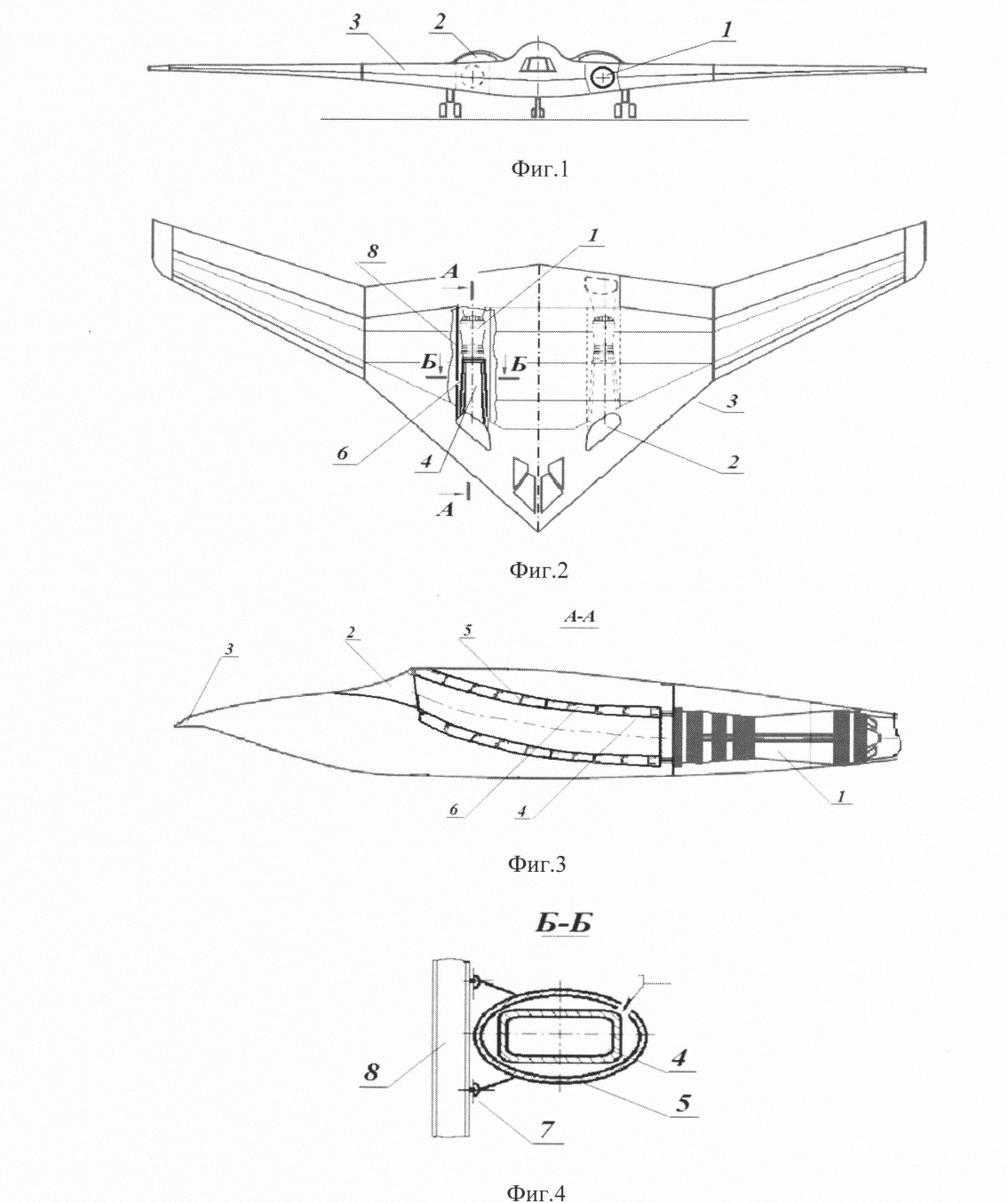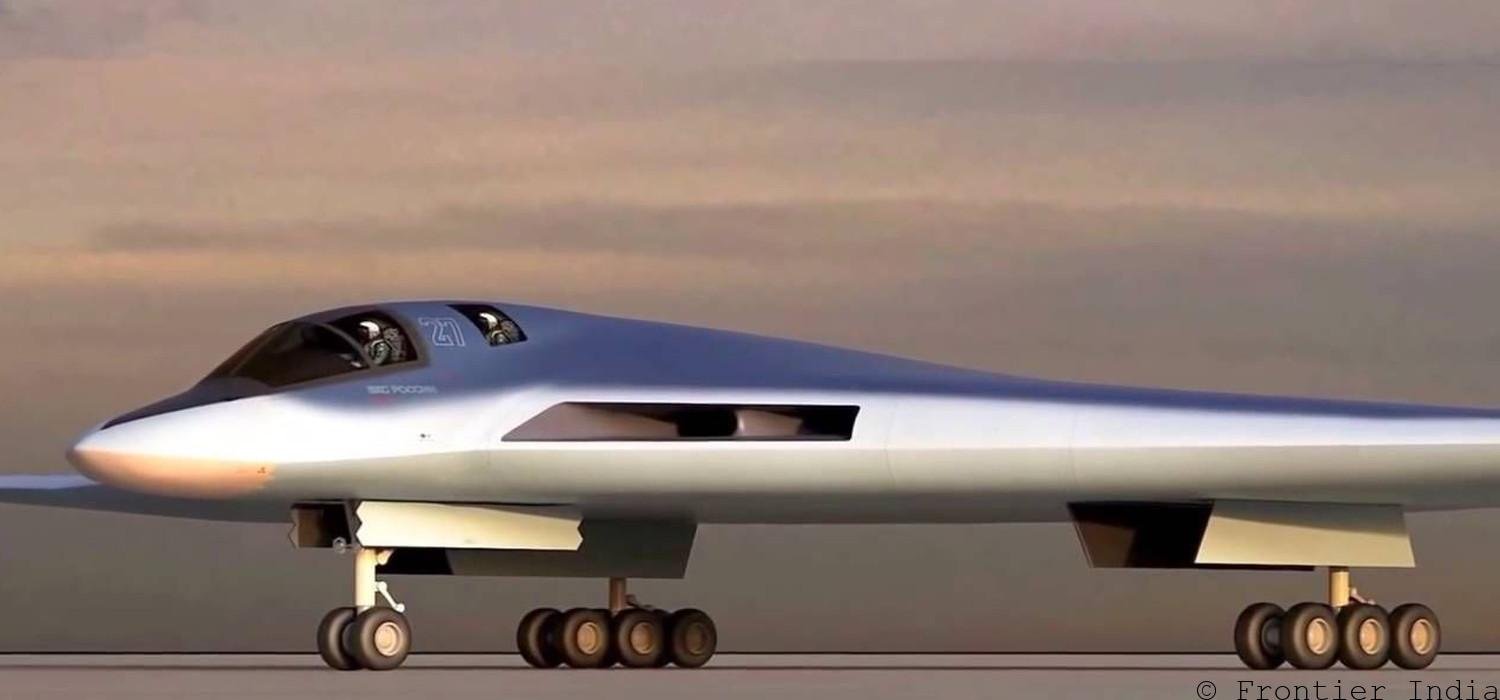Russia’s state arms manufacturer Rostec announced that the country has completed work on the development of a special base for testing the next-generation bomber, PAK DA, or Perspective Long-Range Aviation Complex.
141 F-16 Vipers Geared-Up To Thwart Potential Chinese Invasion As Taiwan Completes Final Flight Testing
The state corporation said in a statement, “Experts conducted a full cycle of research and development work to create a test base and a complex of stands within the framework of the “Advanced Long-Distance Aviation Complex” program.”
In recognition of this, the stand base’s developers, a team from one of the Rostec companies, were given an award in the industrial construction and design category “for contribution to the creation of the test base” in the Technodinamika holding’s demo center, state agency RIA Novosti reported.
The development comes a whole year after the United States unveiled its next-generation nuclear bomber, the B-21 Raider, which has since been hogging the global limelight.
Russia’s next-generation bomber is expected to replace the Tu-95, which currently forms the backbone of Russia’s long-range nuclear bomber fleet along with the Tu-160.
The new bomber is being developed by Tupolev and is expected to be inducted into service sometime before 2027. To bridge the gap in the capability left by this timeline, Russia has upgraded its Tu-160 White Swan bombers.
The PAK-DA bomber, for one, has been marred in delays for a long time. Since 2007, work has been underway on the long-range subsonic bomber, ultimately intended to replace the Tupolev Tu-95MS Bear-H and Tu-160 Blackjack.
With the PAK-DA still in the design and development stage and the imbalance of power created by the US by unveiling the B-21 Raider, the Tu-160M White Swan is seen as Russia’s sure-shot attempt to counter the US might.
It was first reported in November last year that Russia was already bench-testing several prototypes of the Izdeliye (Product) RF engine it is developing to power the PAK-DA strategic bomber. Moreover, another report in TASS cited an industry source saying that a demonstration model of the long-range bomber PAK-DA is anticipated to be built by 2023.

Russia’s deputy defense minister, Alexey Krivoruchko, stated in a 2019 interview that the PAK-DA design project had been approved and that the Tupolev design bureau had begun producing functional design documentation. It has not been made available to the public as the program is highly classified.
A patent drawing for an engine uptake duct emerged last year, which is believed to be the preliminary design of PAK DA. The drawings came from a patent that Tupolev was awarded earlier in the year that covered specifics of an aircraft engine inlet. Moreover, it pretty much revealed the front, top, and side views of the intake, making experts notice that it looks consistent with the description and design of Russia’s next-generation bomber.
The drawings led some pro-western military analysts to note that the bomber had a flying wing design, much like the B-21 Raider, and appeared to be a knock-off of the American bomber. Russia has barely released any specific details about the PAK DA that would give much away.
Although previous speculations stated that the bomber would not be ready before the 2030s, the new deadline reported by Russia is rather ambitious.
What Do We Know About The PAK DA?
The report published in RIA Novosti highlighted that the bomber is being developed with wide application of technology to reduce radar visibility, which means it will be Russia’s first-ever stealth bomber. Currently, Russia has a stealth fifth-generation Su-57 Felon fighter in service, but critics have frequently questioned the efficacy of Russian stealth.
In the supersonic and hypersonic era, the Russian stealth bomber is being built as a subsonic bomber, which means it would fly at less than the speed of sound just like the Raider. It will be used to carry massive payloads and cutting-edge weaponry.

With an engine that can generate about 23 tons of thrust, the flying-wing PAK-DA can fly at subsonic speeds for thirty hours. Russia has fewer tanker planes for mid-air refueling, thus, the PAK-DA could have a longer range than the American B-2 Spirit. The bomber is being built with stealth and not survivability as the main objective.
Although there are still many unanswered questions regarding the PAK DA, it is known that its payload will include conventional, nuclear, and even hypersonic weapons.
To accomplish stability and maneuverability, the flight computer uses electrically actuated aerodynamic surfaces installed on the wings, such as flaps. The flying wing bomber with low observable (LO) capability can work in conjunction with drones and has an internal bomb bay that can hold a hypersonic missile. At the moment, Russia possesses three different hypersonic missiles: Kinzhal, Zircon, and Avangard.
- Contact the author at sakshi.tiwari9555 (at) gmail.com
- Follow EurAsian Times on Google News




